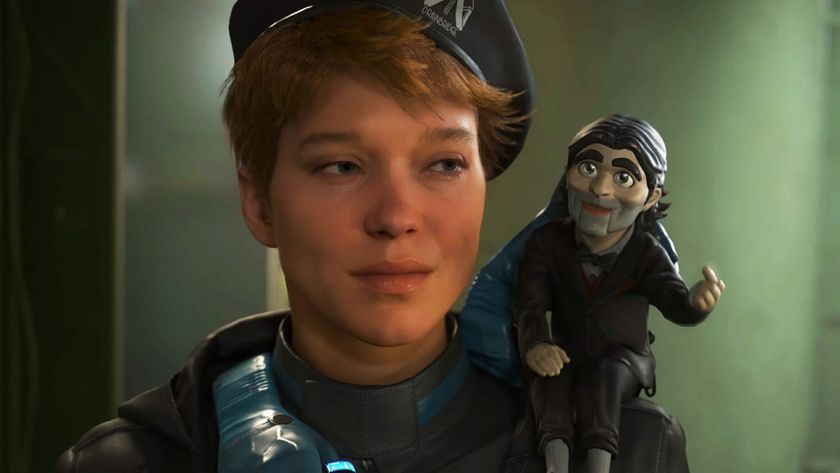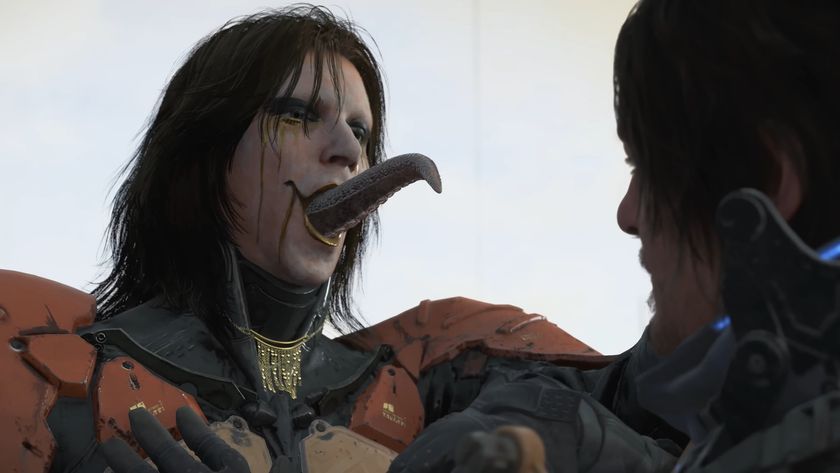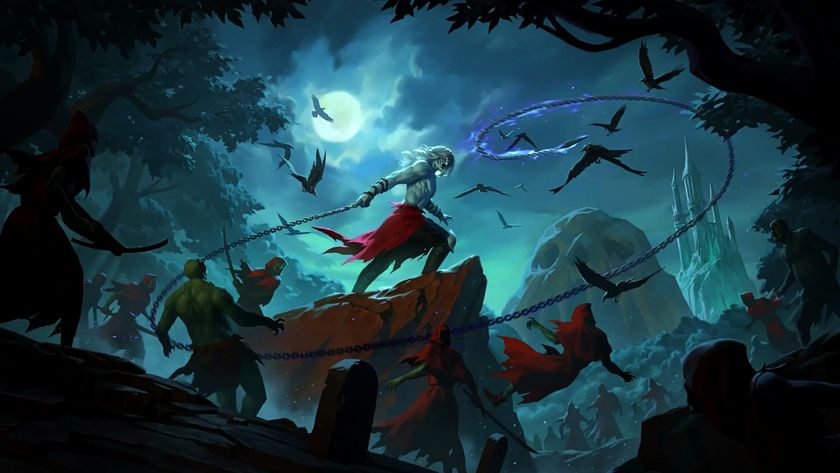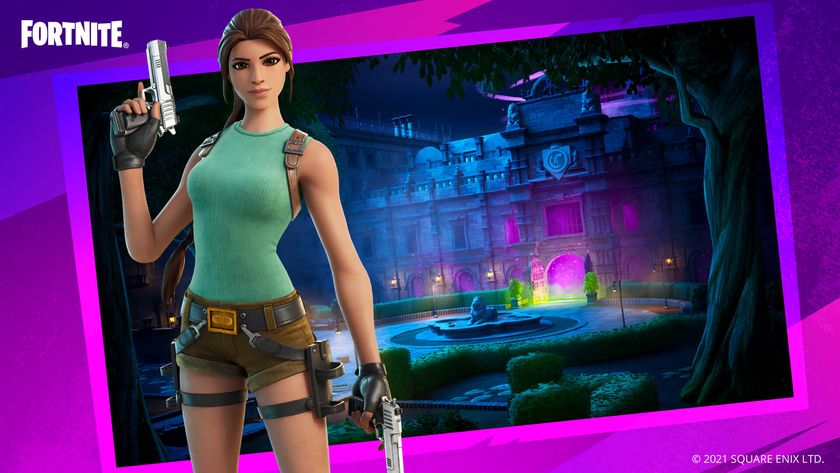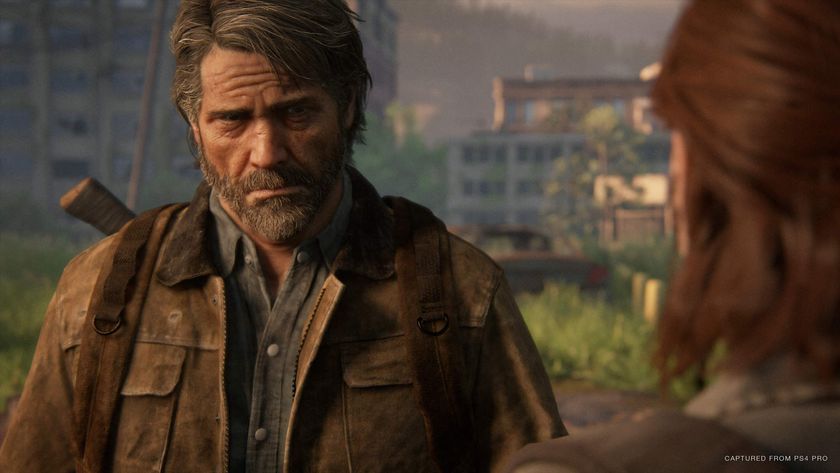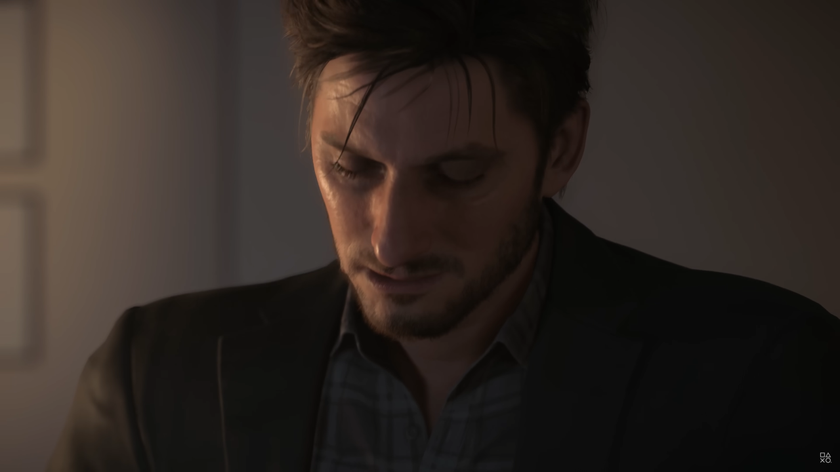The Getaway: Black Monday
Getaway week: We go behind the scenes to pick at the underbelly of the seedy world of Sony's London gangster sequel
When walking into Sony's imaginatively named London Studios in Soho, you'd be forgiven for thinking you were anywhere but the birthplace of the gritty, foul-mouthed adult world of The Getaway: Black Monday. It's a far cry from the game that's largely set in London's more disreputable hangouts and a world infested with violent scum.
Stepping out of the elevator on to the second floor, we saunter into a large open-plan room, crammed with desks proliferated with PCs, software, notes and books, with walls adorned with The Getaway paraphernalia. This is the home of developers Team Soho. Game director Naresh Hirani (who immediately informs us that everyone calls him Naz) and narrative producer Katie Ellwood make with the niceties and lead us to the demo room to run us through the finished code of Black Monday and to give us a behind-the-scenes insight into one of videogaming's grittiest franchises.
Naz has lived with the Getaway series for the last six years, yet his enthusiasm doesn't appear to have waned one iota. Quite the contrary, in fact. Over the four years of the original Getaway project, Team Soho grew from a small team of just eight people into a major development force of 55 - the starting point for the sequel, Black Monday. Considering the mixed reviews of The Getaway - which at times seemed more concerned with the amount of time it took to get the game out rather than the game itself - it would seem natural that the team would be somewhat winded from the experience and under added pressure. However, Naz has a more philosophical take.
"When you're as high a profile game as The Getaway, there is a massive amount of pressure to deliver," he tells us. "From the very beginning of Black Monday there was a huge amount of ambition within the team to address the issues from the first game and really fulfil the potential of the franchise. Pressure can be a great motivating factor and is also a sign that people are interested in what you're creating."
The team looked to a number of sources in identifying those issues, not least introspection. "We looked at not only the reviews from the first game but also our experiences and the experiences of people who played the game. We took a lot of feedback and that confirmed our own ambitions as to how the game could be improved. Key areas such as player control and camera, difficulty curve, vehicle handling, and the addition of a map are areas that have been overhauled in the new game."
Whereas those issues focus on the game's physical mechanics, Team Soho wanted to contemporise the setting and up the cinematic feel, as Naz is keen to point out. "From the start we wanted to show a darker, grittier side to the London of the first game, to portray the city in a more contemporary and sophisticated light. We approached this through the themes of the game, which reflect the changing face of London's gangland.
Sign up to the 12DOVE Newsletter
Weekly digests, tales from the communities you love, and more
"Another goal was to increase the variety and depth of the gameplay, both in terms of what the player is required to do and the scenarios their character is faced with. We also wanted to raise the bar further in the cinematic side of the game. More dramatic cutscenes, with expert camera work and vivid lighting techniques, to set our cinematics apart."
To get those changes in place, burned to disc, tested and evaluated on a daily basis during "crunch periods", as Naz calls them, has been a process of long days and even longer nights. Kicking off at nine in the morning and working till midnight has been run-of-the-mill for Team Soho during such times. Getting ready for E3 was particularly taxing - "The Friday night before we flew out to LA we worked until 11am on Saturday morning!" - and the build-up to release has been even more relentless with 14-hour days being the norm and all-nighters not being unusual.
What is readily apparent as soon as the game fires up is that Team Soho have resisted any urge to radically change the game structure. "In Black Monday we have started to evolve the structure with the introduction of a branching storyline and mission structure," says Naz. "One of our goals for this version was to incorporate multiple endings into the game. The game also makes use of jumps in time, we use flashback and forward sequences to punctuate the flow of the narrative and gameplay. But this is just the beginning of that evolution."
